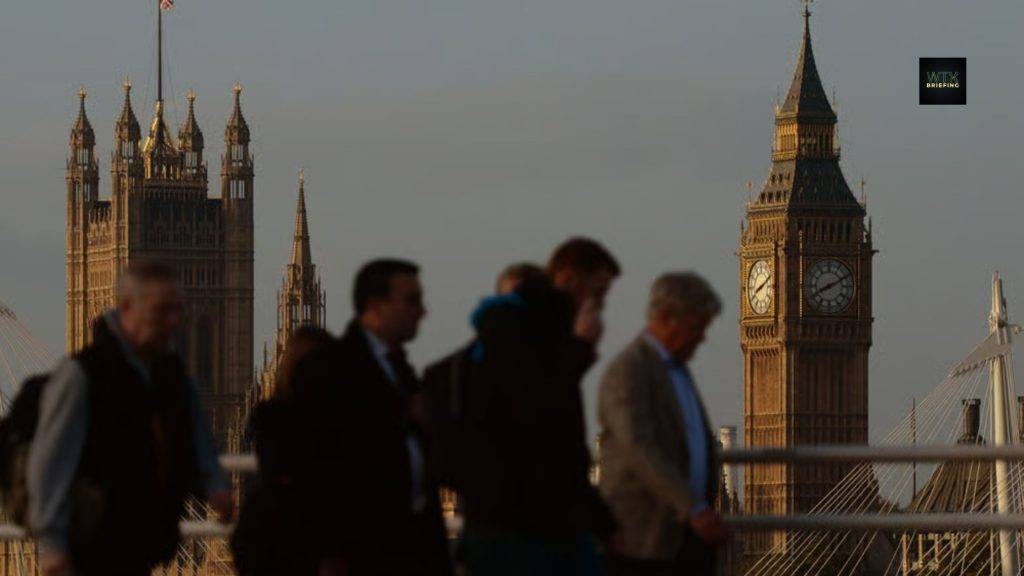CliffNotes
- UK jobs market shows signs of further weakness
- ONS says employment figures and job vacancies have declined
- Despite a cooling labour market, wage growth has remained strong
UK jobs market shows signs of further weakness
What Happened
The UK’s jobs market has continued to show signs of strain, with the number of workers on company payrolls falling during the opening months of 2025. According to the Office for National Statistics (ONS), both employment figures and job vacancies have declined, suggesting ongoing softness in the economy.
Data from the ONS reveals that:
- The unemployment rate rose slightly to 4.5% between January and March, up from 4.4%
- The number of payrolled employees dropped by 47,000 in March and is estimated to have fallen by a further 33,000 in April.
- Job vacancies also continued to decline, falling by 42,000 over the quarter to 761,000 in the February–April period.
Despite a cooling labour market, wage growth has remained strong in relative terms. Regular pay (excluding bonuses) rose by 5.6% year-on-year over the first quarter of 2025 — still outpacing inflation, though the pace of increase has eased compared to previous months.
It should be noted, however, that the ONS has cautioned about placing too much weight on the unemployment figures due to low response rates to its survey data.
What Next
Economists and businesses are keeping a close eye on developments, particularly in light of recent tax and wage policy changes. From April, increases in both the National Living Wage and employer National Insurance contributions came into effect, prompting some firms to warn these measures could impact their ability to hire.
According to Ruth Gregory, deputy chief UK economist at Capital Economics:
“The further softening in employment in April suggests businesses continued to respond to the rise in business taxes and the minimum wage by reducing headcount.”
Although wage growth has begun to slow, it remains relatively strong, posing a dilemma for the Bank of England as it considers future interest rate cuts. Rapid wage increases can fuel inflation if businesses raise prices to offset rising labour costs.
Last week, the Bank lowered interest rates and hinted at the possibility of further reductions, but Governor Andrew Bailey emphasised that any such moves would be made “gradually and carefully”.
The Bank will continue to monitor wage pressures and employment trends closely, balancing the need to support growth without reigniting inflation.
Media Reaction
The Independent says official figures show regular earnings growth jumped to 5.2% in the three months to October, up from 4.9% in the previous three months.
The FT says UK wage growth eased in the three months to March as employers held off hiring ahead of steep increases in payroll taxes and the minimum wage.
Business Standard reports Britain’s jobs market showed further signs of a slowdown as employment fell and growth in wages cooled, according to official data published on Tuesday that is likely to reassure the Bank of England that inflation pressures are waning.


